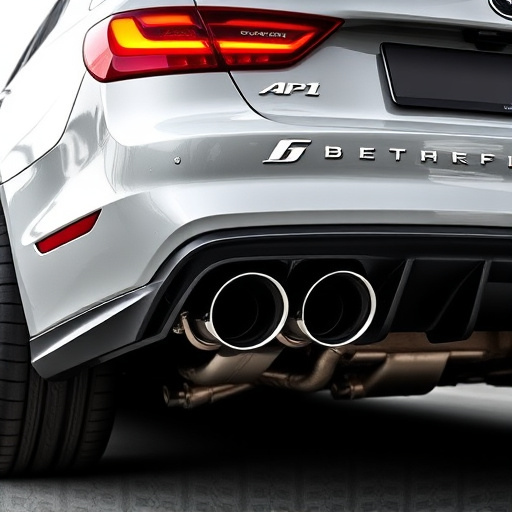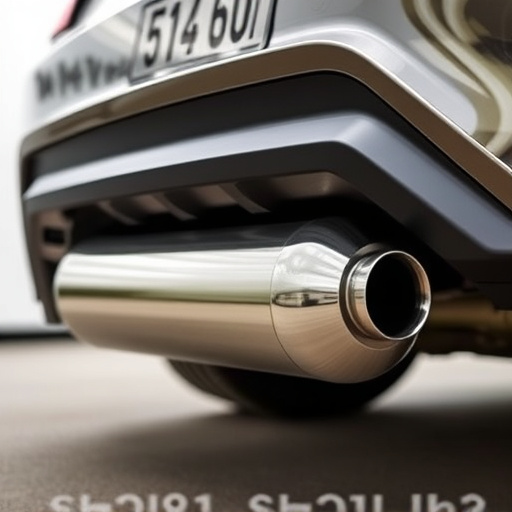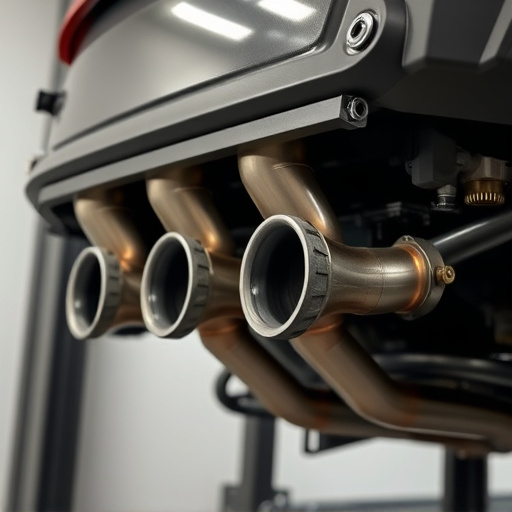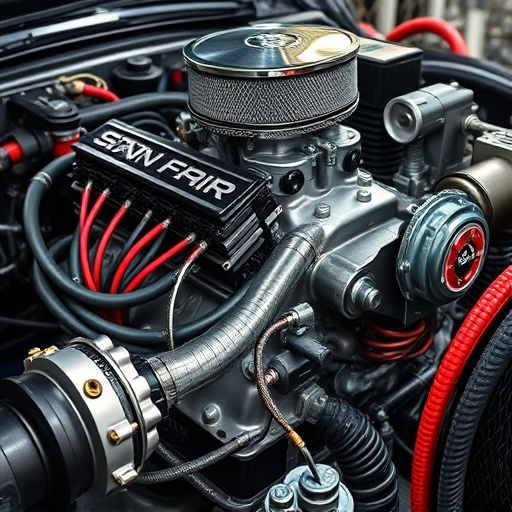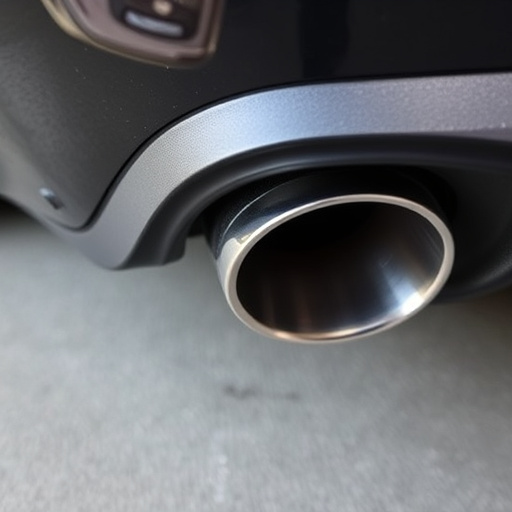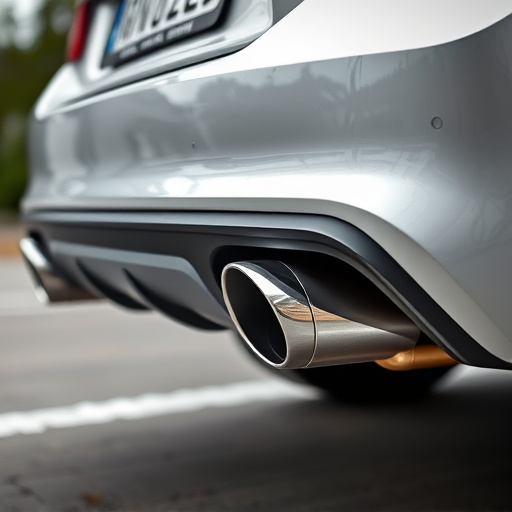Upgrading the vehicle suspension system dramatically enhances performance and safety by optimizing tire contact with the road. It improves control, reduces body roll, lessens noise, and boosts stopping power. Car enthusiasts often modify shocks, springs, anti-roll bars, and bushings for better handling, fine-tuning ride height, and increased stability, especially when paired with other enhancements like intake and brake upgrades.
Suspension systems are the unsung heroes of vehicular dynamics, ensuring a smooth ride and precise control. Understanding these intricate networks of springs, shocks, and control arms is key to unlocking significant performance gains. This article explores how upgrading your vehicle’s suspension can dramatically improve control and safety. From enhancing cornering precision to reducing body roll, we delve into the benefits and types of upgrades available, providing insights for both enthusiasts and everyday drivers eager to optimize their driving experience.
- Understanding Vehicle Suspension Systems: The Foundation of Control
- Benefits of Upgrading Your Suspension: Enhanced Performance and Safety
- Types of Suspension Upgrades and Their Impact on Handling
Understanding Vehicle Suspension Systems: The Foundation of Control
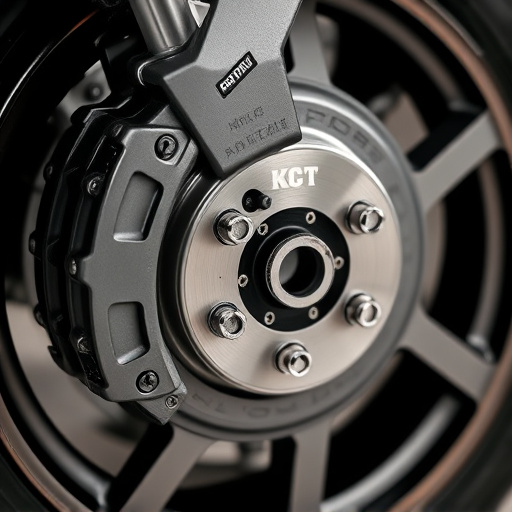
The vehicle suspension system acts as the foundation upon which control and stability are built. It’s a complex network of components designed to connect the wheels to the chassis, allowing for smooth travel over varied terrain. This system encompasses springs, shocks, struts, and other parts that absorb impacts from road irregularities, ensuring a comfortable ride. But beyond comfort, an efficient suspension system significantly enhances vehicle performance.
Properly functioning suspension components ensure optimal tire contact with the road surface, which is crucial for acceleration, braking, and cornering. Upgrading this system allows for precise control over the vehicle’s movement, especially during critical maneuvers like dodging obstacles or navigating tight corners. This direct impact on handling and maneuverability is why many automotive enthusiasts prioritize suspension upgrades as a key step in enhancing overall vehicle performance, alongside other components like exhaust systems and air intake systems.
Benefits of Upgrading Your Suspension: Enhanced Performance and Safety
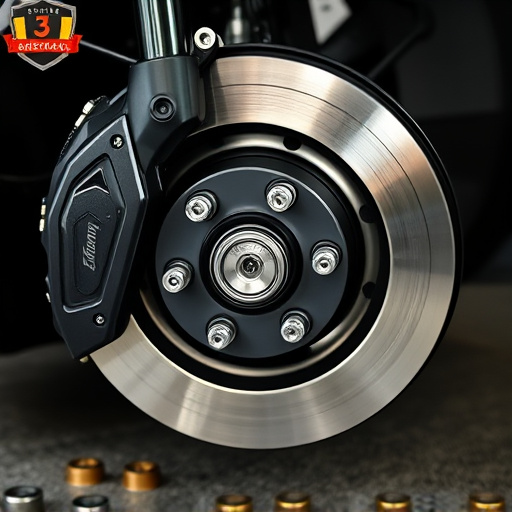
Upgrading your vehicle’s suspension system is one of the most effective ways to enhance both performance and safety. A well-tuned suspension provides better control over the car, enabling more precise handling and quicker reaction times. This is particularly noticeable during cornering, where an upgraded system can significantly reduce body roll, allowing drivers to maintain higher speeds with increased stability.
The benefits extend beyond improved driving dynamics. Modern suspension upgrades often incorporate advanced materials and designs that contribute to better shock absorption and reduced road noise, ensuring a smoother ride. Moreover, by improving weight transfer during braking, these enhancements can also enhance stopping power, especially when paired with high-performance exhaust systems and brakes, leading to overall enhanced safety features for your vehicle.
Types of Suspension Upgrades and Their Impact on Handling
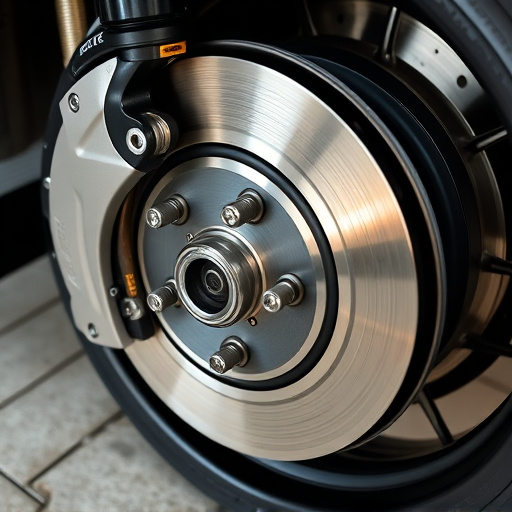
Suspension system upgrades are a popular choice among car enthusiasts looking to enhance their vehicle’s control and handling. There are several types of suspension modifications available, each with its unique impact on how your car behaves on the road. One common approach is to replace stock shock absorbers and springs with performance-tuned variants. These components work together to reduce body roll during cornering, ensuring better grip and a more responsive steering experience. Such upgrades often come in the form of adjustable shocks, allowing drivers to fine-tune their vehicle’s ride height and stiffness for optimal performance.
Additionally, many enthusiasts opt for suspension kits that include stiffer anti-roll bars (or stabilizers) and enhanced bushings. These parts improve vehicle balance, reducing body lean and improving overall stability. For those seeking more extreme handling characteristics, installing lower springs can drop the car closer to the road, decreasing ride height and enhancing cornering ability. When combined with other modifications like cold air intakes or performance air filters, which reduce engine lag, and upsized brake rotors for better stopping power, these suspension upgrades contribute to a more agile and responsive driving experience.
Suspension system upgrades are not just about aesthetics; they significantly enhance vehicle control, safety, and performance. By understanding the fundamentals of these systems and exploring various upgrade options, car enthusiasts can transform their driving experience. Whether it’s improved handling, better stability, or reduced ride noise, upgrading your vehicle’s suspension is a smart move that pays off on both the track and the road.




